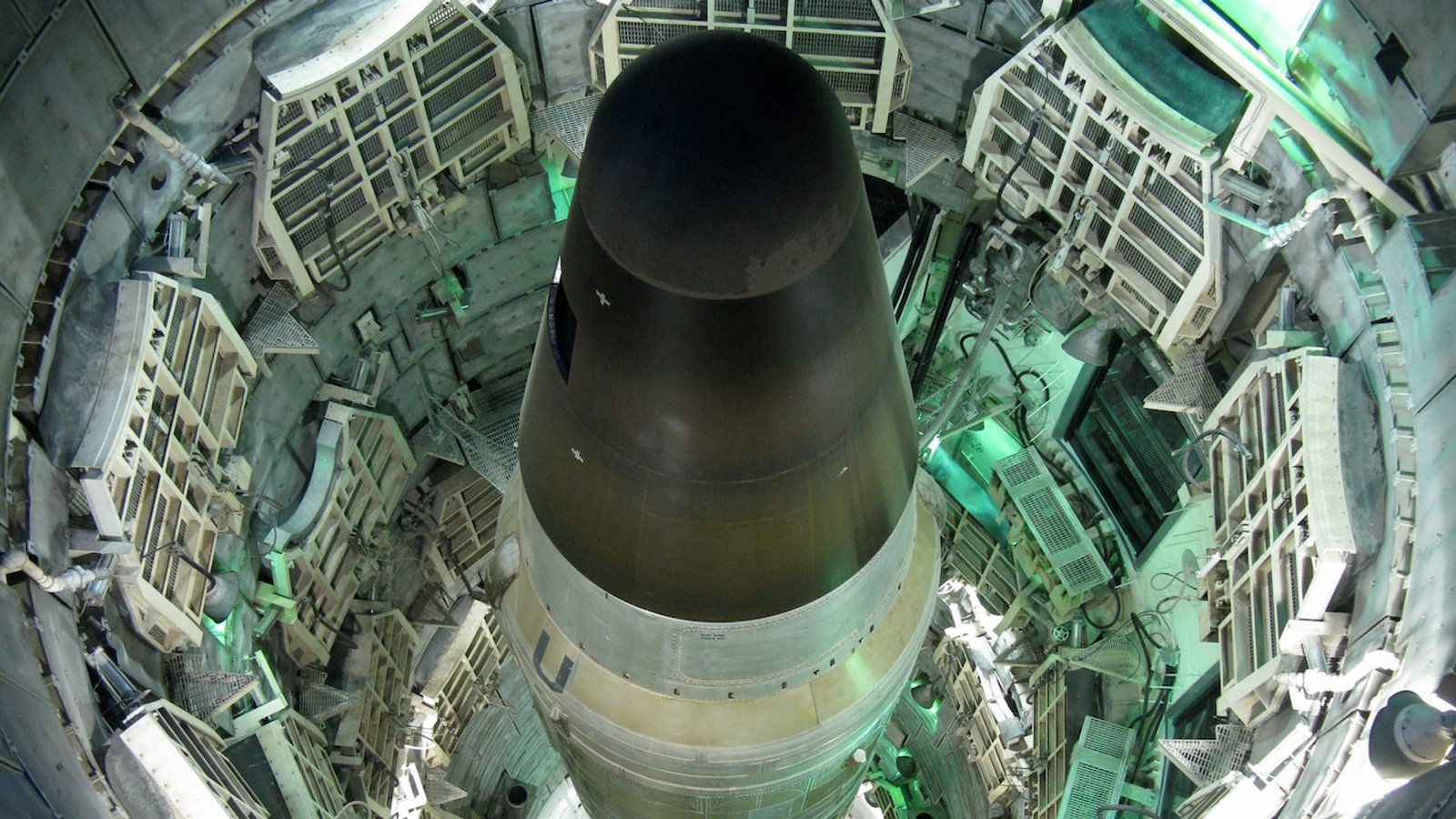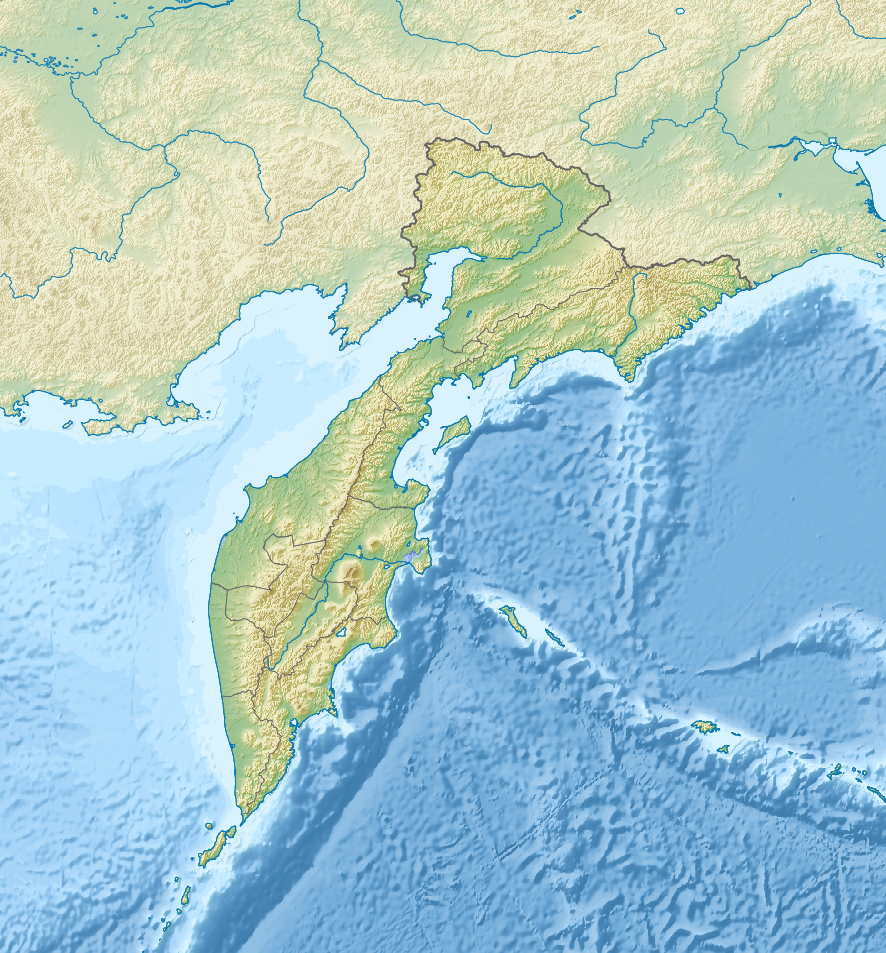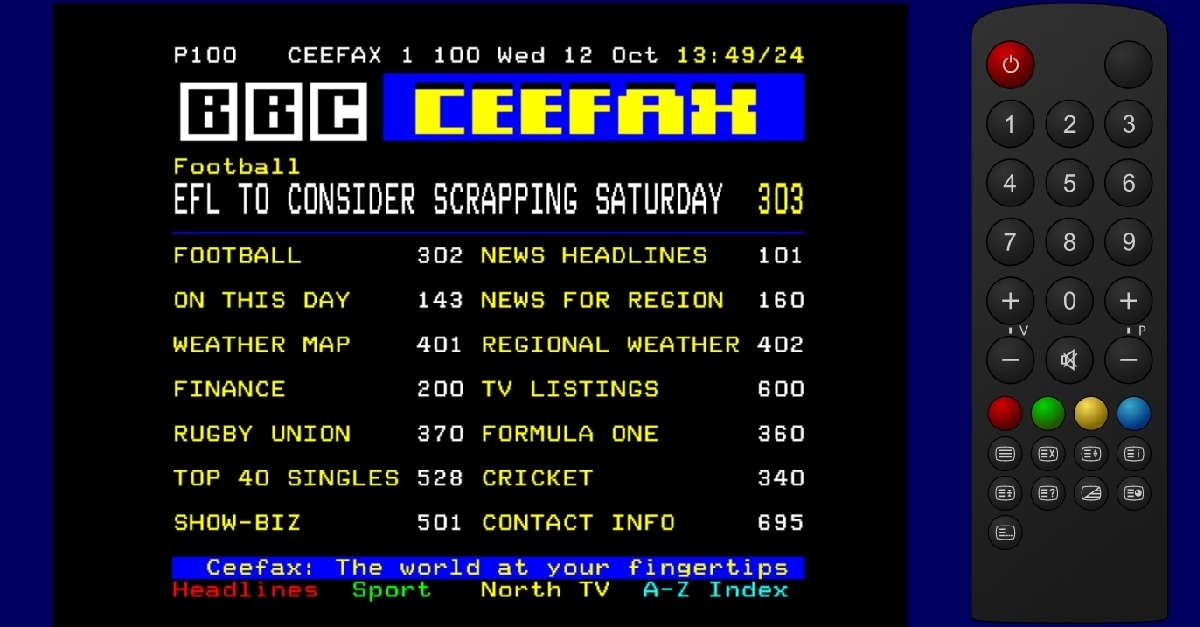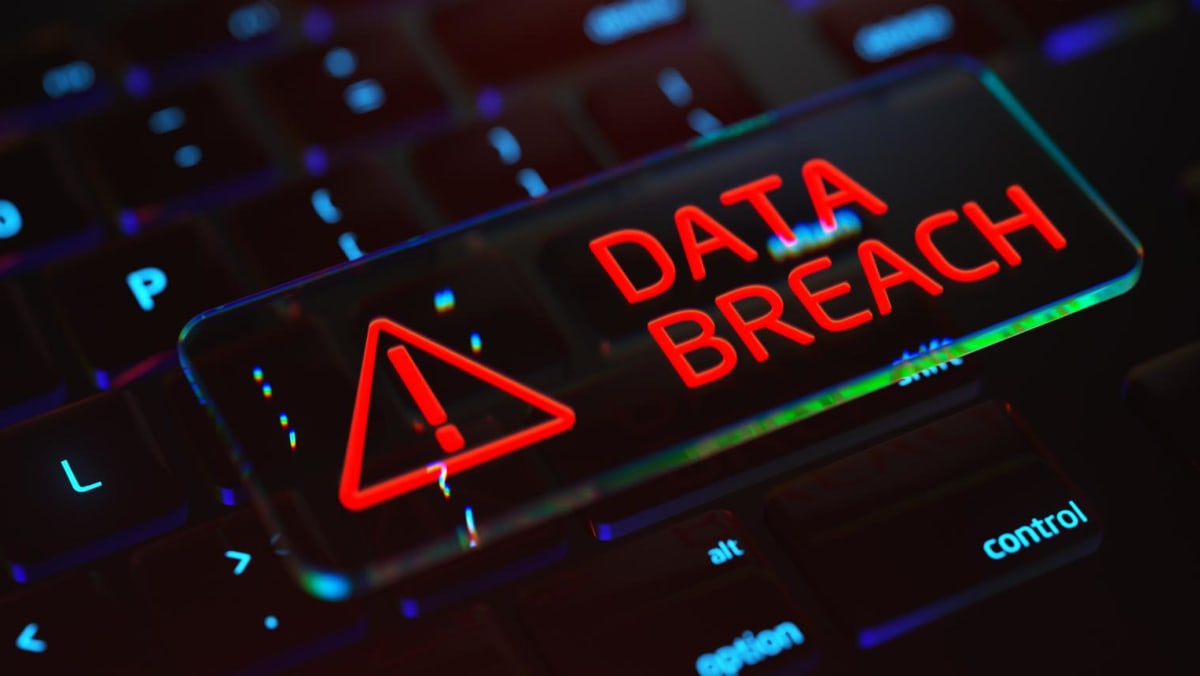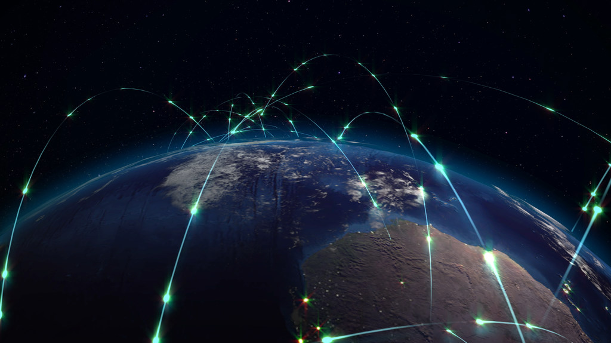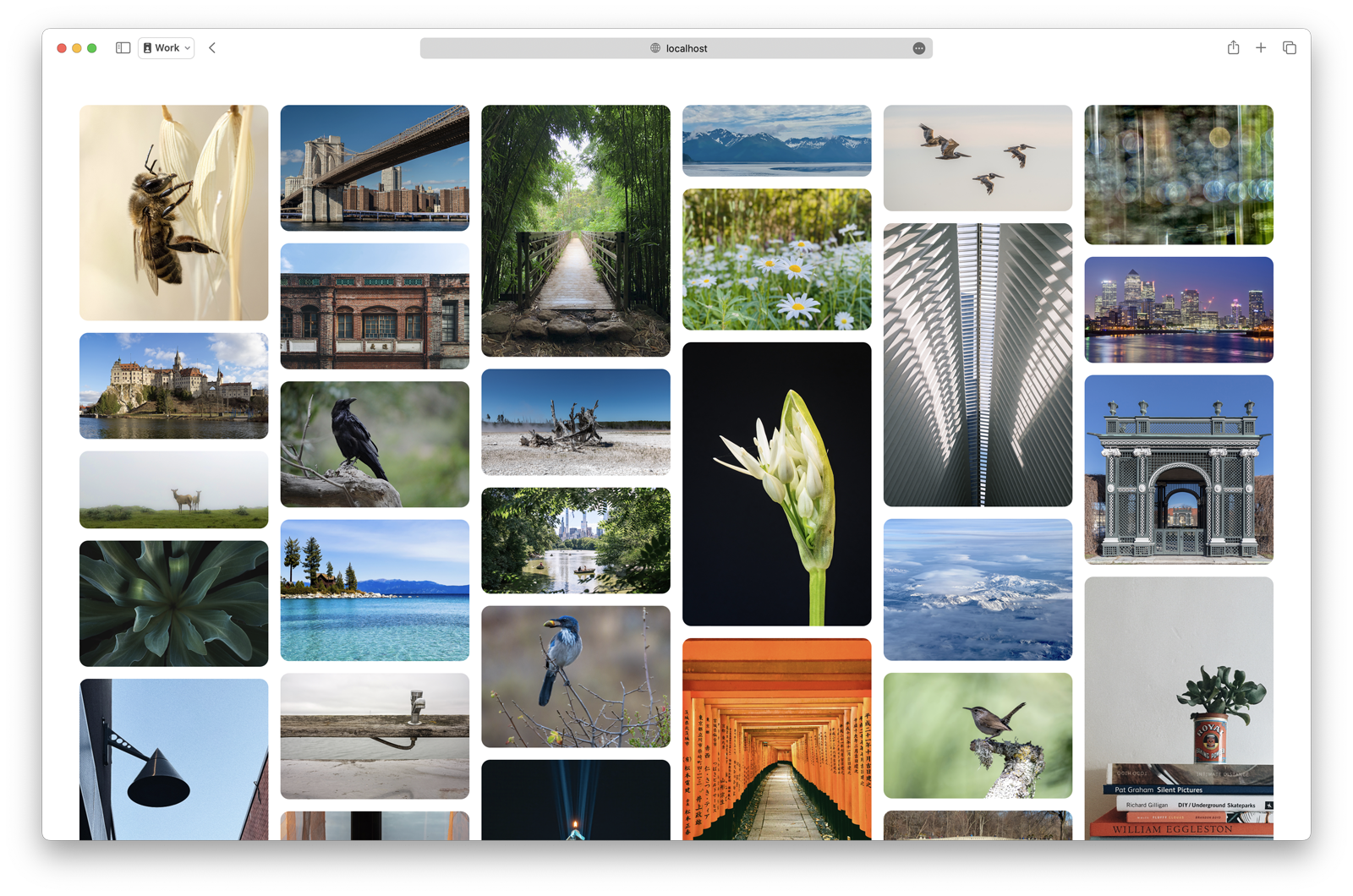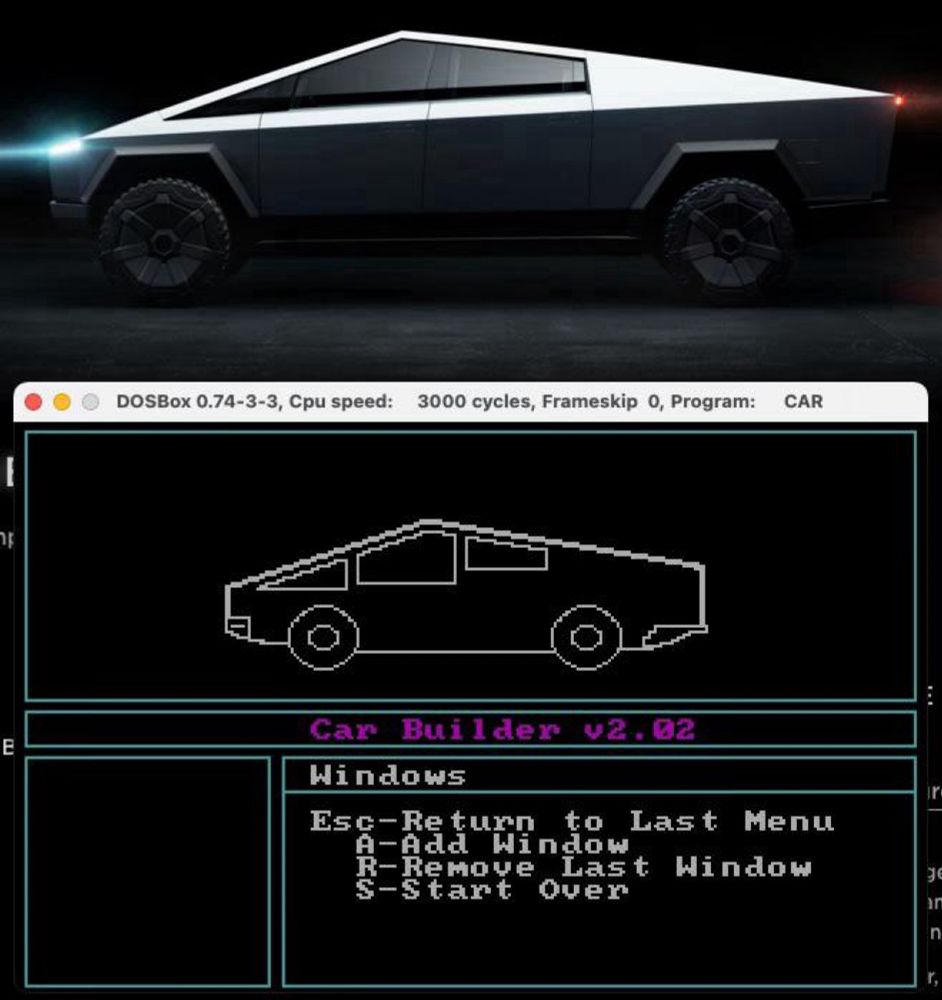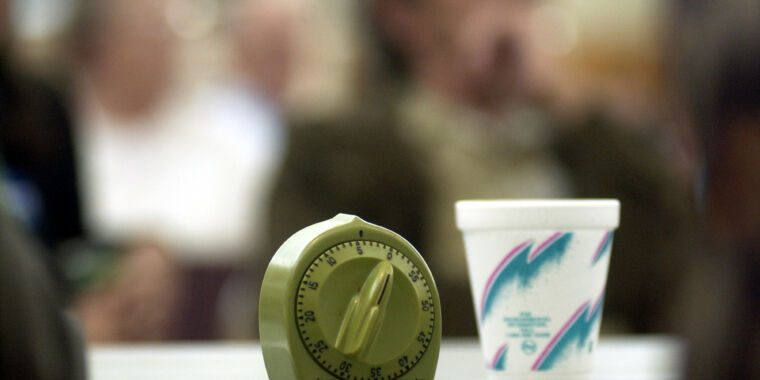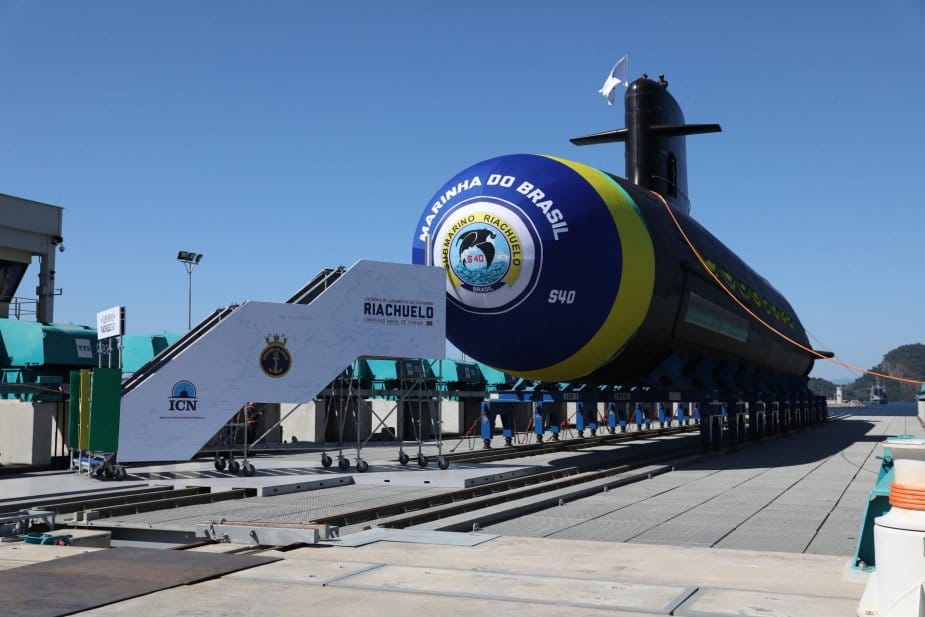
Brazil wants special treatment for its nuclear submarine program—just like Australia
The Brazilian Navy’s first Scorpène-class submarine S40 Riachuelo, launched in December 2018. The first Brazilian nuclear-powered attack submarine SSN Alvaro Alberto is scheduled for 2030.
On June 6, Brazil and the IAEA entered into negotiations over safeguards (known as special procedures) to allow the largest South American country to use nuclear fuel in its slow-burning submarine program. Coming alongside a collective effort by the United States, the United Kingdom, and Australia (known as the AUKUS security framework) to transfer nuclear-powered submarines to Australia, this means that two non-nuclear weapons states are now negotiating with the IAEA over safeguards provisions for submarines. Although the two cases evolve within different security contexts, with AUKUS being squarely aimed at countering China, this new development will complicate the negotiations over how to safeguard nuclear material used in submarines.
Two sides of the same coin. The 2021 announcement about AUKUS focused attention for the first time in recent history on the question of how to safeguard nuclear fuel for submarines in a non-nuclear weapons state. Under AUKUS, the three countries are spending 18 months examining how to transfer nuclear submarines to Australia without undermining nonproliferation efforts. While much remains unclear, nuclear weapons-grade, highly-enriched uranium (HEU) fuel imported by Australia for its submarine reactors will likely arrive as “sealed” reactors. Under AUKUS, Australia will not acquire the prerequisite nuclear fuel cycle steps such as uranium enrichment. Because of these provisions, many would argue the direct proliferation risks brought by AUKUS are low. The fissile material will be irradiated in a reactor, which would make it radioactive and thus harder to handle. Removing the fuel would disable the submarine. And Australia anyway does not have the facilities to open the reactor, remove the irradiated fuel, and use it to make nuclear weapons.

